Autumn and spring pruning geraniums for lush flowering
Geranium is one of the most common household crops. A frequent visitor to houses and apartments, on open terraces and verandas, it captivates with its unpretentiousness and abundant long flowering. The variety of types of pelargonium (this is the other name for this plant) allows you to create all kinds of flower combinations suitable for any interior. So that the stem does not stretch and bare, and the number of inflorescences does not decrease, in spring and autumn it is necessary to prune geraniums for lush flowering. Each type of pelargonium has its own pruning rules that growers who grow these attractive plants should know.
Why does Pelargonium need pruning?
One of the features of geraniums is that the plant very rarely spontaneously gives off lateral shoots, although there are dormant buds in each node. By cutting the stem to the required height, the florist stimulates the awakening of dormant buds and the formation of a new shoot.
There are many varieties of pelargonium: garden and indoor, with erect and hanging stems, ampelous and in the form of dwarf shrubs - and when processing each plant, its own nuances arise. However, in any case, when pruning, you must adhere to one rule - carry out the procedure regularly, not allowing the stems to stretch out and lose foliage.
If you form the crown in a timely and regular manner, you can achieve the following results:
- lateral shoots and new flower buds will appear;
- the plant will have a beautiful compact shape;
- flowering will be longer, the number of inflorescences and their sizes will increase;
- trimmed cuttings can be used to propagate pelargonium.
Pruning should be started in the first year after planting, without waiting for the stems to stretch out and bare.
How to prune correctly?
The general condition and flowering of the plant will depend on how well the cut of the geranium bush is made. To carry out this event, you will need sharp instruments that should be pre-disinfected. It is best to take a blade or a freshly honed knife, you can use a pruner. Pruning shears will not work as they break the shoot where it is cut.
Important!
To protect the plant from bacteria at the cut site, the cutting tool must be treated with alcohol, calcined or boiled. Before starting work, wash your hands with soap and wear rubber gloves.
The best time for pruning is the end of February - early March. With the onset of spring, an intensified movement of sap begins, and powerful shoots are formed. Some growers prefer autumn pruning, which is carried out after flowering ends - in October or November. The disadvantage of processing this time of year is poor lighting, due to which new shoots will be weaker than those formed in spring. In no case should the plant be disturbed in winter, in December or January, when the movement of sap is suspended and pelargonium is in a state of hibernation.
There are two ways to form a geranium bush. The first one is applicable for those plants that have been grown for more than one year, and consists in cardinal pruning of thick stems and complete renewal of the entire bush. In this case, no more than 5 buds are left on each shoot.
The formation of a young bush is done by pinching.If the flower was grown from a cutting, then pinch the stem after the eighth leaf. In the case when seeds were used as sowing material, the pinching is done after the sixth leaf.
When pruning pelargonium for lush flowering, the following rules should be followed.
- The stem is cut above the leaf nodes growing towards the outside of the plant.
- The cut should be done as close to the leaf axil as possible so as not to leave a long, bare stem.
- Shoots directed inside the bush are removed.
- The shoots coming from the root are pinched to preserve the strength of the plant for the formation of new shoots.
- As soon as 3-5 leaves appear on young shoots, it is necessary to remove the growth point on each of them, after which new inflorescences will begin to appear in these places.
- The cut sites are disinfected with charcoal.
- After pruning, the plant is fertilized and minerals are added to the soil.
These simple tips will help you effortlessly grow healthy and abundantly blooming geraniums that will harmoniously fit into any interior and become a true decoration of your home.
How to prune geraniums in the fall?
Autumn pruning of geraniums is carried out after the formation of new peduncles is completed, and the old inflorescences will gradually fade. In autumn, the main task is not so much in the formation of a beautiful crown, but in the improvement of the bush.
Many gardeners for the summer take indoor plants into the garden or on an open veranda. If the geranium has been outside for a long time, it will need acclimatization, so pruning will have to be postponed for 10-14 days. It doesn't matter if the plant, having moved into the room, begins to turn yellow and shed its leaves. This is a completely natural process that will soon end, and you can start pruning.
After a careful inspection of the plant, it is necessary to remove the dried stems and leaves, tear off the wilted flowers, shorten the long weakened shoots and bare sections of the stem. Pruning for winter involves reducing the stem in length by one third. One should not be afraid of such a cardinal treatment, since during the winter period pelargonium will have time to accumulate a young green mass.
At the beginning of December, all pruning and pinching is stopped and the plant is left alone. The short duration of the day, the lack of heat and lighting during this period, by themselves, cause stress in the flower, so outside interference is highly undesirable for it.
Spring pruning of pelargonium
Spring pruning of pelargonium at home is carried out from late February to mid-March. In order to get a beautiful flowering bush in the summer, you should hurry up, because the later the extra shoots are cut off, the later the flowering will come.
In the spring, it will be enough to remove the elongated weak shoots, and they must be cut so that 3 buds are preserved on the stem.
The trimmed parts of the plant can be used as planting material for the propagation of the variety you like. Rooting of cuttings obtained from healthy shoots is quick and painless, and within a few weeks it will be possible to get an independent young plant.
Geranium leaves are used in folk medicine for the preparation of decoctions and infusions for pain in the head and joints, for problems with digestion.
How to prune geraniums depending on the species
Not all varieties of geraniums need autumn pruning for lush flowering. You need to have an individual approach to each type of plant, only then will it respond with gratitude.
- Ampelnaya
Trumpet geranium is distinguished by long flowing shoots, the ends of which are decorated with bright inflorescences. In order to form several instead of one stem, it is necessary to carry out autumn pruning. After the plant reaches 35 cm in height, 4 buds are left and the central stem is cut off. After a while, new shoots will go from the sinuses. As soon as two new leaves grow, the old foliage is cut off.It is necessary to cut off newly emerged shoots every time, as soon as their length reaches 10 cm.
- Ivy
Ivy geraniums very poorly tolerate pruning for the winter, so it is better to postpone the formation of the crown of the plant until spring. During the spring pruning, those branches that are very elongated are pruned a little, and the resulting cuttings are rooted, having determined the planting dates according to the lunar calendar.
- Royal
Royal Pelargonium differs in large bright inflorescences. To prolong the flowering of this universally recognized beauty, it is necessary to regularly carry out autumn pruning. To do this, three weeks before the start of treatment, it is necessary to break off the lower leaves in order to awaken the axillary buds. Having counted 5-7 buds from the soil surface, cut the trunk from above. As a result, a bare stalk with several buds remains, from which new shoots will develop in the future. The cut off parts of the plant are used as planting material for propagation.
How to turn geranium into a standard plant
Geranium looks very elegant in the form of a small tree with a bare central stem and a lush crown, decorated with many magnificent inflorescences.
To give the plant the shape of a trunk, the following steps must be taken.
- Choose the thickest and straightest stem and remove all other side branches.
- In the middle of the pot, as close as possible to the base of the stem, a solid support is installed, to which the plant is tied in several places.
Important! The support must be strong enough to not only hold the trunk upright, but also support the weight of the growing crown.
- As soon as the shoot reaches the top point of support, it must be cut. This will cause the formation of new lateral branches, of which 5 to 7 shoots need to be left in the future for the development of a lush crown.
- After the appearance of the fourth leaf, the stems are pinched.
Due to the fact that the plant undergoes frequent pruning, the first flowers will appear only a year after the crown is fully formed. Growing pelargonium in the form of a standard plant takes a lot of time and effort, but the result obtained exceeds all expectations. The original flowering trees will be a great decoration for any interior.
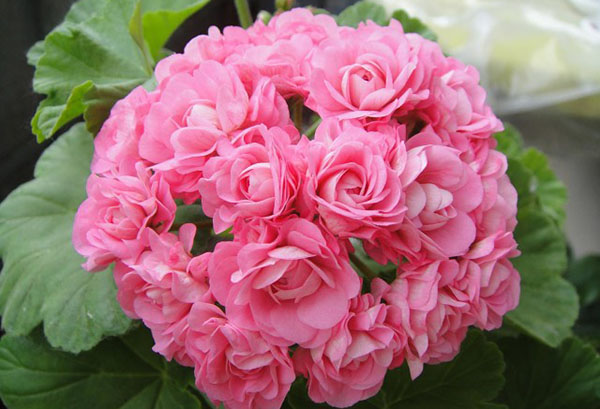
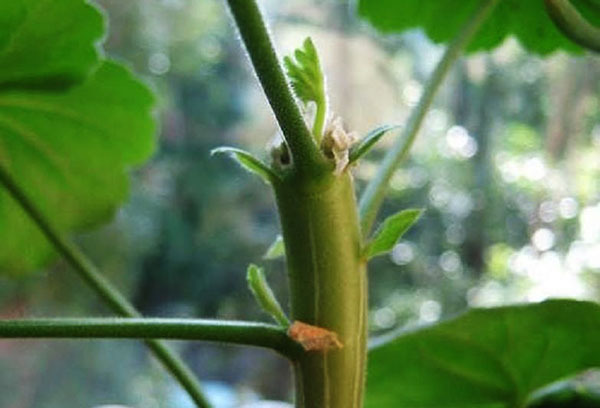
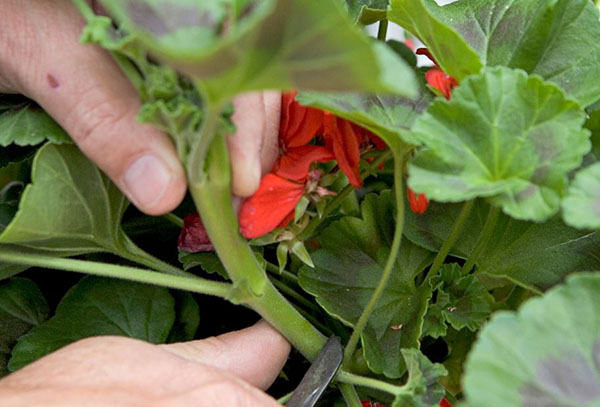
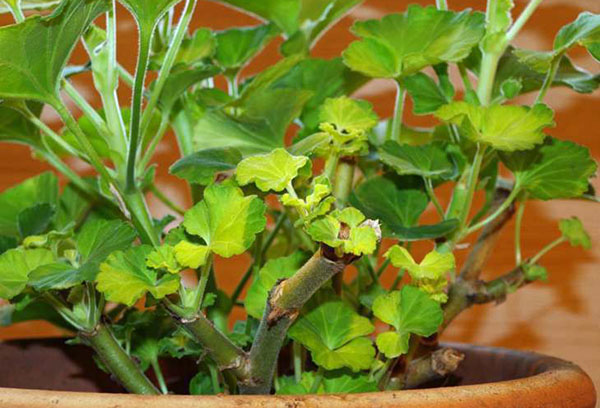
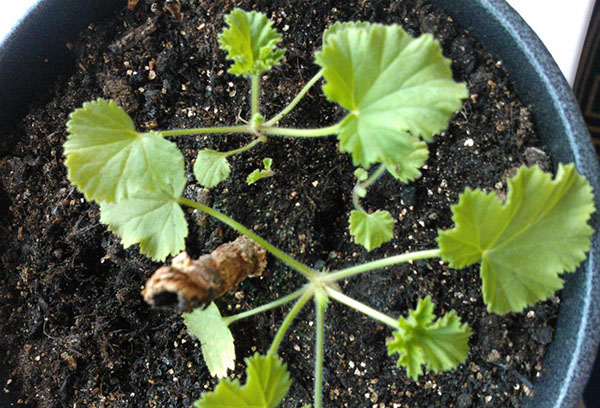
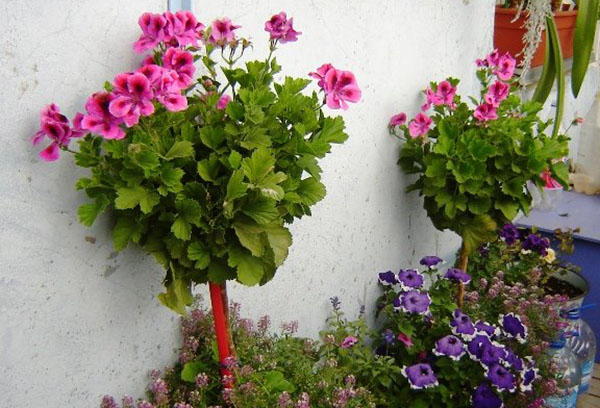


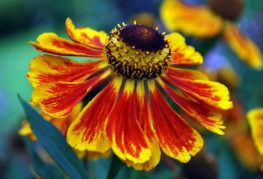


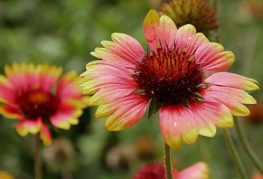
and will be published shortly.